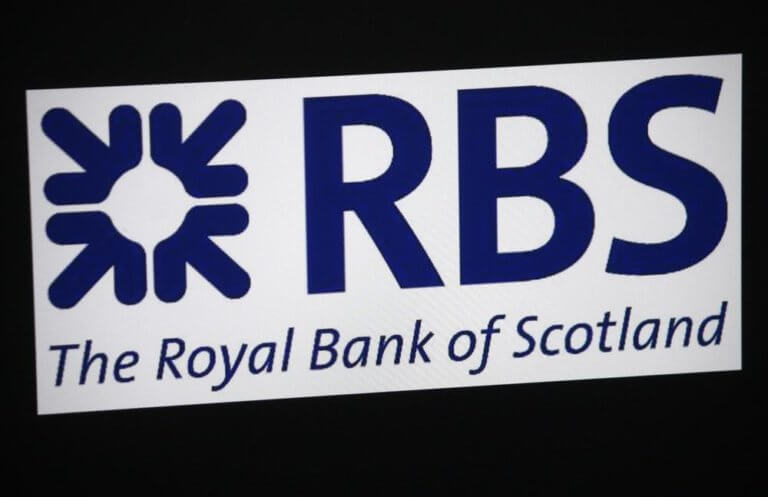
Alternative investment assets like collectibles, art, cryptocurrency and loans are attracting an increasing number of retail investors by offering low buy-in, high returns and efficient diversification options
Every few years the line between traditional and alternative investment opinions is re-drawn, as many alternative investment options become more and more mainstream. Everything outside the traditional investment options that are typically accessed through traditional financial institutions – falls into the category of alternative investments. They do not include, what is now considered traditional investment options: ETFs, gold, bonds, pension funds, and others.
Alternatives category may include both physical and virtual assets, spanning real estate, art, fine wines and aged alcohol, rare items, cryptocurrency, loans, private company debt or ownership, and collectibles. There is no limit to collectible investments, as value can be found in designer sneakers, baseball cards, or even Barbie dolls.
Alternative investments can create both long-term appreciation and immediate income streams. One of the most active investor groups in alternative investing is retail investors – in other words individual investors, who want to take an active role in propelling their own financial success. One of the most active groups, drawn to alternative investments is a millennial cohort, who exert skepticism about the power of pensions to really secure their retirement, as well as a propensity to learn to operate an alternative portfolio. Technology now allows to ensure sufficient diversification with only a few clicks, and to branch out into immediate passive income or short-term high-return opportunities.
Five most popular alternative asset classes
1. Real estate. Part of the real estate investment market can be considered a traditional asset class – after all, even banks own real estate and hold on to it as a long term investment strategy. It’s an all-time classic to store value and a potential tool to expand earnings during positive market cycles. The biggest disadvantage of real estate are the big upfront costs and relatively low liquidity, if ownership is outright. That said, the modern – alternative investment options have become available in the real estate market, including real estate investment trust (REIT) and partial or fractional ownership ventures. Retail investors can now invest in various real estate projects by owning a part of its development and then receiving interest once it is developed.
2. Art, valuables, and collectibles. Once again, just like property ownership, some collectibles like fine wine or paintings are quite traditional – accessible to exclusive investor circles, with very high-buy in cost. The alternatives that are accessible to a wider audience, like baseball cards, or designer sneakers are easily researched on online marketplaces, like eBay. Some items can be owned outright in physical form, requiring some care and protection. But it is also possible to fractionally own any of the collectibles, including in-game items and virtual goods with residual value. This asset class has unpredictable returns with relatively difficult average appreciation, but can outperform other asset classes as an insurance. Companies like Masterworks and Otis are allowing retail investors to purchase shares in fine art pieces or unique collectibles.
3. Crypto-assets. A hot and highly volatile asset class, which allows for both passive buy-and-hold strategies, and for trading. The chief advantage of cryptocurrencies is the relatively easy entry, with the potential to operate and hold the assets in a personally protected wallet, instead of relying on brokers or other third parties. Challenger banks, like Revolut, or payment platforms like Paypal have integrated digital asset trading on their platforms – making it even more accessible. With recent cryptocurrency popularity, a new alternative investment asset class became popular – NFTs (Non-fungible tokens) – which are centered around collectibles, such as digital artwork, sports cards, and rarities. One trending platform would be NBA Top Shot, a place to collect non-fungible tokenized NBA moments in a digital card form.
4. Loans. Interest-bearing investments in packaged loans can bring transparent, predictable returns that outperform traditional investments. While investing in loans gives short-term returns, loans should be viewed as long-term investments. This asset class has a low entry point, while some platforms, like Mintos also sort potential investment in loans with a risk tolerance profile. It is important to diversify investment in this asset class in order to achieve stable income over time. Investing in loans is also accessible to multiple economic areas.
5. Private company investments. Private equity and company loans are asset classes sometimes reserved for accredited investors. Because of the risky nature of private companies, some of the investments are only available to accredited buyers. Private equity is also off-limits to most retail buyers, due to its riskier nature and the higher barrier to entry. Loan investments can sometimes circumvent this limitation, by offering business loans for partial ownership and relatively low sums. More accessible option, albeit not very liquid, would again be fractional investment, or crowdfunding, which is available through platforms like Crowdcube.
Final thoughts
Alternatives are bound to grow. Research by Prequin shows robust growth of alternative investments, to as high as $14 trillion in 2023. The Prequin report covers private wealth managers, but alternative investments are also open to retail owners, due to their variety and enhanced technological access.
The growth potential of the alternative investor sector also means adequate liquidity and price discovery will happen as more buyers join in. Fees are one of the hurdles that diminish the real returns of investment, but the more apps and investment hubs pop up, the more competition to offer low fees, increase service quality benchmark and attract investors.























